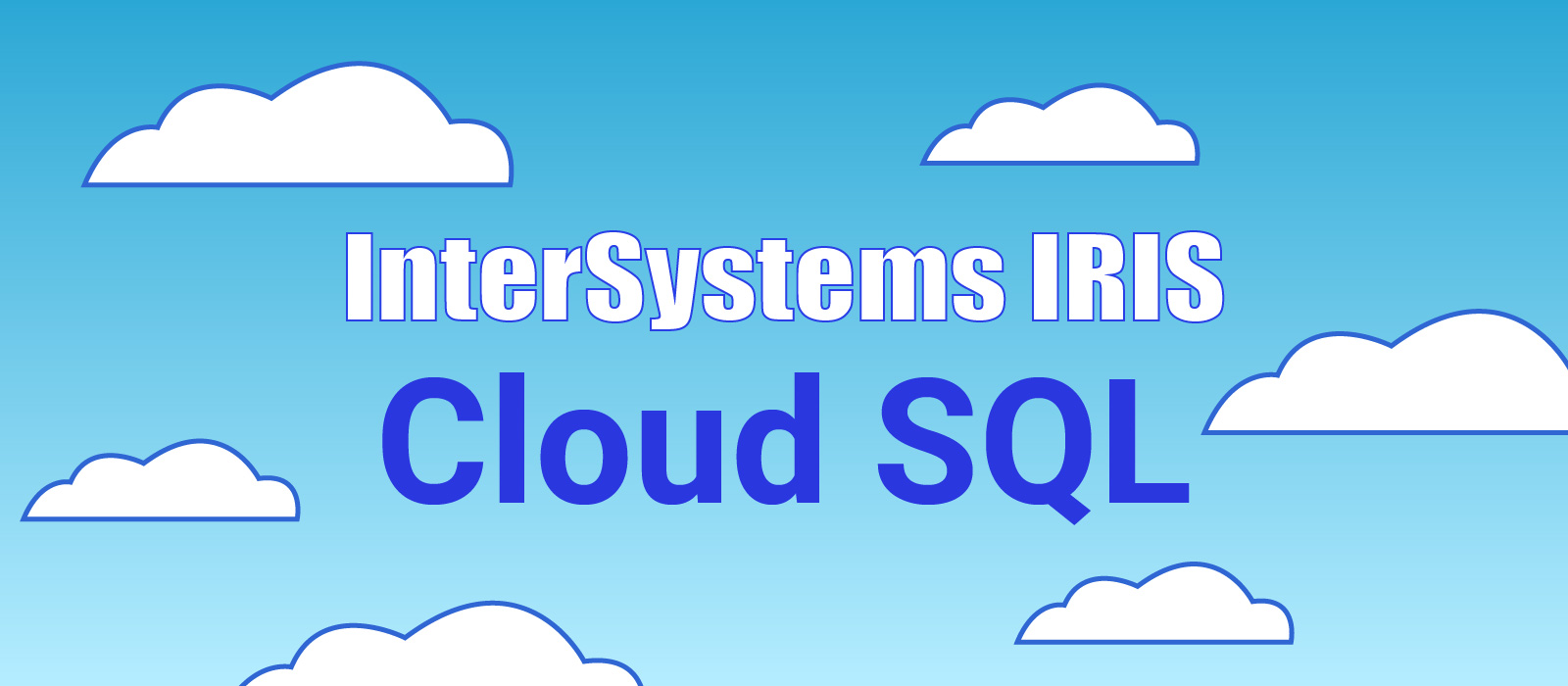What is Unstructured Data?
Unstructured data refers to information lacking a predefined data model or organization. In contrast to structured data found in databases with clear structures (e.g., tables and fields), unstructured data lacks a fixed schema. This type of data includes text, images, videos, audio files, social media posts, emails, and more.
InterSystems Developer Community is a community of
25,518 amazing developers
We're a place where InterSystems IRIS programmers learn and share, stay up-to-date, grow together and have fun!




.png)